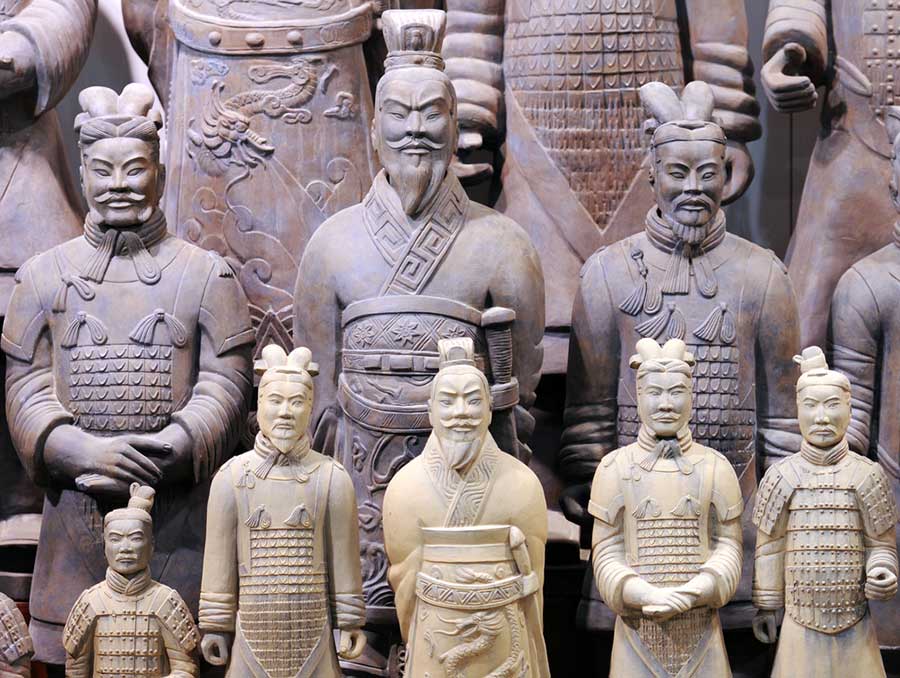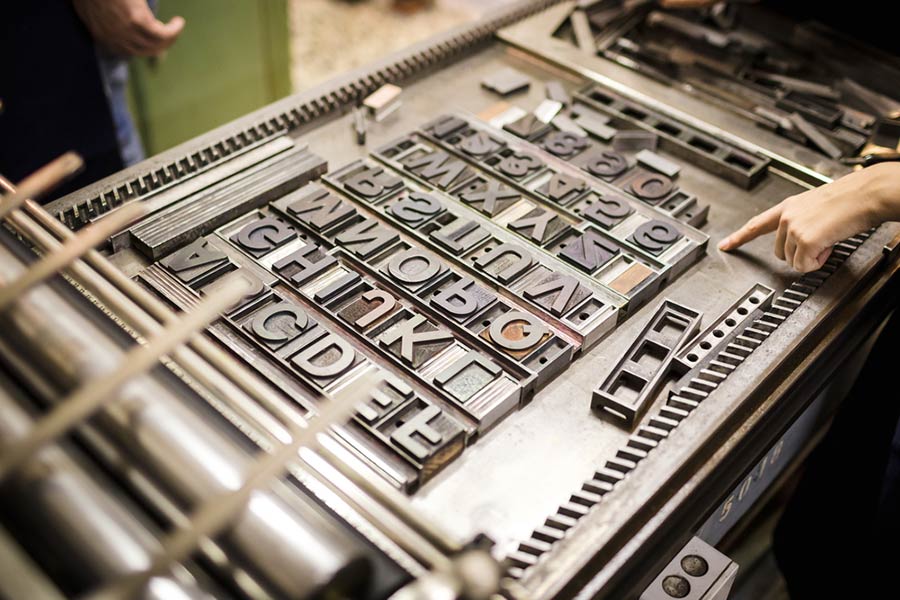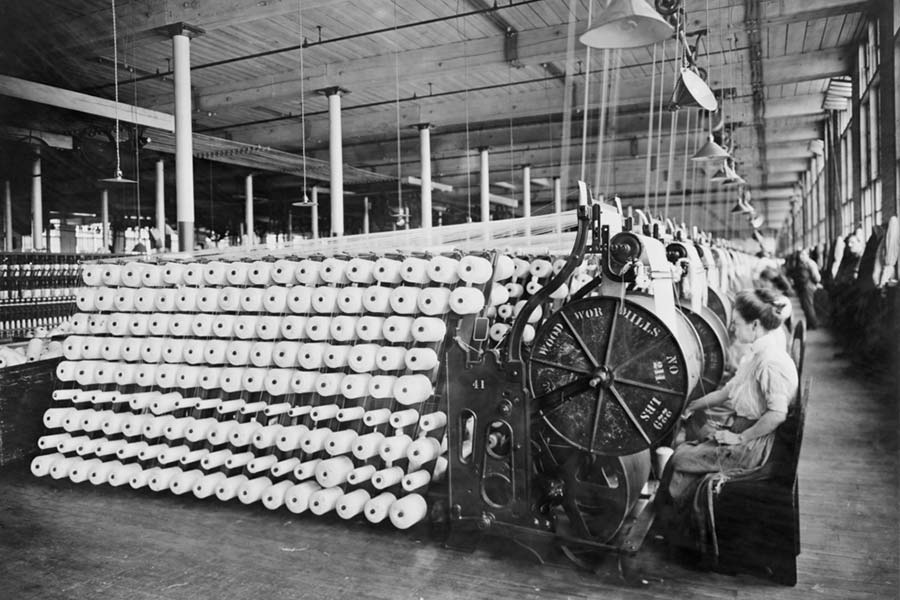Brands have from long ago held your breath and inspired you to be in awe of them. Brands have revolutionised the concept of marketing with a complete take over the interest and desires of potential customers. They intuitively foresee and understand who you are and what you want and create the exact replica of their deepest needs.
According to entrepreneur.com, branding is “the marketing practice of creating a name, symbol or design that identifies and differentiates a product from other products”. Brand fans have become the new norm whereby loyal buyers walk in without much fuss or persuasion and buy the trusted product. Let’s go down the years and find out how the evolution of branding came about.

How Branding Began
The term ‘brand’ derives from the Old Norse word ‘brandr’ or ‘to burn’, and is believed to have begun with the ancient Egyptians, who branded their livestock branding as early as 2,700 BCE. Branding helped the farmer to identify his cattle and prevent theft as the symbol was burned into the animal’s skin with a hot branding iron. There are pieces of evidence that suggest that cattle were marked with symbols as early as the Stone Age.
As time passed, the purchasers realised that the brand provided details of the origin as well as its quality. Pottery makers from China, India, Greece, Rome, and Mesopotamia used different etchings to distinguish the goods based on their raw materials as well as the place. Chinese pottery dated back 4,000 to 5,000 years reveals seals as discovered from the Harappan civilization of the Indus Valley.
In Ancient Egypt, masons engraved stonecutters’ signs on the bricks they produced for the pyramids. The earliest use of maker’s marks dates about 1,300 BCE and has been found in India on the herbal paste known as Chyawanprash, consumed for its health benefits.

The Middle Ages
Trade progressed between the east and west, craft guilds were formed, and to control trade, guilds made it mandatory to brand goods with proprietary marks. Watermarks also emerged in the Medieval period as a way for papermakers, printing houses, and other guilds to distinguish their products and property.
The Renaissance Period

During the beginning of the 15th century, there was a high demand for the written word. German businessman Johannes Gutenberg utilised the typesetting technologies of Asia to create a printing press with metal letter moulds. His new printing system spread literature to the common man for the first time and set Europe into the Renaissance period.
Advertising propelled itself as a popular and effective way to sell goods, and the first English language advertisement, in the form of a leaflet promoting a book, appeared. Thereafter, great quantities of posted advertising, announcing information and promoting goods, hung all around London. Artists like Michelangelo introduced a new type of personal branding: they began signing their names to their work, rather than using symbols.
Industrial Revolution

Trademarks became an established practice in the 1700s, as governments realised a system of regulation was needed to encourage development and to advance in science, technology and the arts. This led to the introduction of patent, trademark and copyright laws.
The industrial revolution in the mid-1700s ushered in full steam the mass production of goods. Goods were produced on a large scale and cost-effectively. Buyers got exposure to a wide selection and logos were used to signify the manufacturer and as a symbol of quality and thus branding and advertising became more popular to catch the attention of the common man.
Advertising tactics such as banners on hand-held poles, people wearing placards, and umbrellas with signs on them began to be used and ‘brand names’ were publicised through alluring packaging and bold slogans.
The Twentieth Century

The twentieth century saw the rise of the middle class and the growth of consumerism. Branded goods and luxury items became new obsessions and affordable to a great section of society. The branded products stimulated the desire to buy through its grand advertisements and marketing means.
Broadcasts during radio programmes gave way to television and brand messages popularized the idea that brands brought more happiness. The competition between brands tightened and companies began to devise professional and visual images for their products. Brands evolved through the years to adapt to the ever-shifting audiences and technologies.
A great number of firms such as Nike’s, Levi’s, Apple, etc associate their brands with a certain lifestyle and adapt their products to suit the personalities of their customers.
Present Day

The present internet age with its craving for instant gratification has opened a new class of customers with high demands. Exceptional adverts and logos are created to cater to this elite section and have led to the widespread use of viral videos, social media marketing, brand storytelling and search engine optimisation to rivet the shrinking attention span of the new generation.
Branding is now key to a successful business. And to stand out in a cut-throat competition, user experience and interactive designs to AI and machine learning dominate the sector.
Brands give you a long-lasting promise of a unique experience. So, you tend to cling to your favourite brands connecting to them at an emotional level. Brand heritage comprises the history of the brand as well as its consistency and continuity of key values in its goods and visual symbols.
After all, brands give you a cosy imperial feeling, so continue your reign as the king. Long live the customers!
